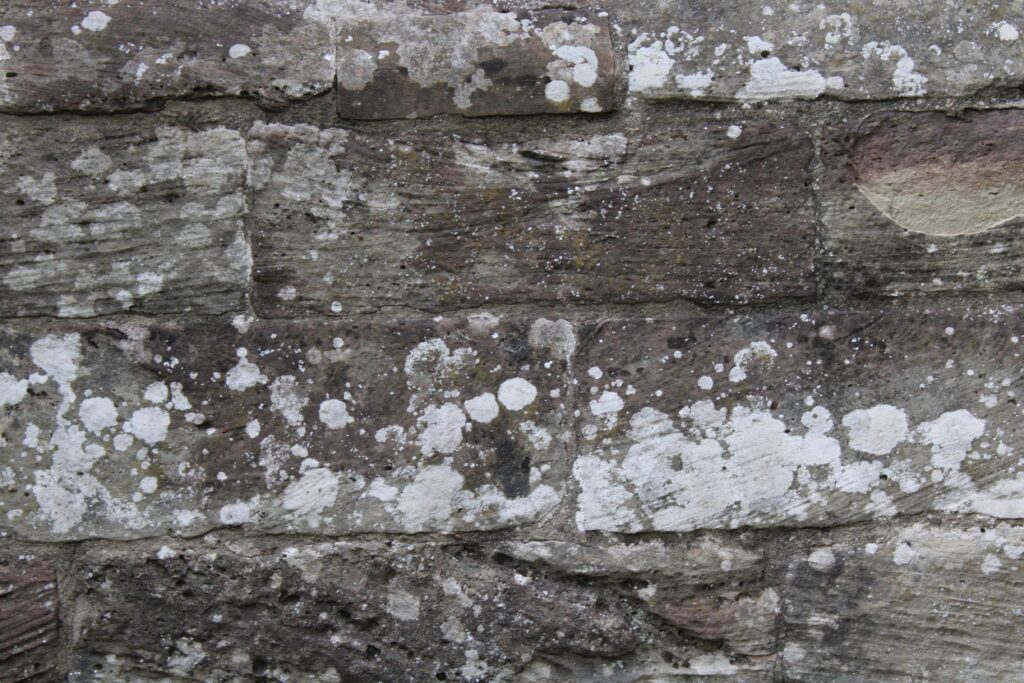
Mold is not just unsightly; it’s also a potential health hazard and can damage your property. Mold remediation is the process of safely and effectively removing mold from your home. In this comprehensive guide, we’ll walk you through the steps of the mold remediation process, explaining what each step entails and how to ensure your home is mold-free. Let’s get started!
What Is Mold Remediation?
Before we dive into the steps, let’s first understand what mold remediation is. Mold remediation is the process of identifying, containing, and removing mold from an indoor environment. It also involves taking measures to prevent mold from returning. Mold remediation is crucial for safeguarding your health and your property, as prolonged mold exposure can lead to various health issues and structural damage.
Steps to Mold Remediation
Step 1: Assessment and Inspection
Assessment: The first step is to conduct a thorough assessment to determine the extent of the mold problem. This involves inspecting areas with visible mold growth and assessing the overall indoor air quality.
Inspection: Professional mold remediation experts will inspect your home to identify the type of mold present and its source. This step is essential for developing a tailored remediation plan.
Step 2: Containment
Containment is vital to prevent mold spores from spreading to unaffected areas. This often involves:
- Isolating the affected area using plastic sheeting and tape.
- Creating negative air pressure to ensure that air flows from the clean areas to the contaminated area.
- Installing air scrubbers with HEPA filters to capture airborne spores.
Step 3: Mold Removal
Mold removal involves physically removing the mold from contaminated materials and surfaces. The methods used can vary depending on the materials affected and the severity of the infestation. Common techniques include:

- Scraping and scrubbing: This is suitable for hard, non-porous surfaces like tile and glass. The area is thoroughly cleaned and disinfected.
- HEPA vacuuming: A high-efficiency particulate air (HEPA) vacuum is used to capture and remove mold spores from surfaces and the air.
- Mold encapsulation: For porous surfaces that cannot be fully cleaned, such as drywall, mold encapsulation involves sealing the affected material to prevent further mold growth.
Step 4: Disposal
Any materials that cannot be effectively cleaned or encapsulated, such as heavily contaminated drywall or insulation, must be safely disposed of according to local regulations. This is typically done by sealing the materials in plastic bags and disposing of them as hazardous waste.
Step 5: Cleaning and Sanitization
After removing the mold, the affected area must be cleaned and sanitized to prevent mold from returning. This often involves using antimicrobial solutions to disinfect surfaces and prevent residual mold spores from growing.
Step 6: Repair and Restoration
Once the mold is removed, any damaged materials are repaired or replaced. This may include replacing drywall, insulation, or flooring. The goal is to restore the affected area to its pre-mold condition.
Step 7: Preventive Measures
Preventing mold from returning is a critical part of the remediation process. This can include:
- Fixing any water leaks or moisture issues that led to mold growth.
- Improving ventilation in the affected area to reduce humidity.
- Using dehumidifiers to maintain optimal indoor humidity levels.
- Regularly inspecting your home for signs of moisture and mold growth.
Step 8: Post-Remediation Assessment
After completing the remediation process, it’s essential to conduct a post-remediation assessment to ensure that all mold has been effectively removed. This may involve air quality testing and visual inspections. It’s crucial to verify that the indoor environment is safe for occupancy.

Professional vs. DIY Mold Remediation
While some minor mold issues can be handled as DIY projects, it’s often best to leave mold remediation and water damage restoration to professionals, especially for extensive or severe mold problems. Professionals have the knowledge, experience, and specialized equipment to ensure effective mold removal and prevent health hazards.
Key Takeaways
Mold remediation is a meticulous and crucial process for ensuring the safety and integrity of your home. Whether you’re dealing with a small patch of mold or a more extensive infestation, following these steps and, when necessary, seeking professional assistance is essential for effective mold removal and prevention. Remember that mold remediation is not only about removing mold; it’s about creating a healthier and mold-free living environment for you and your family.
